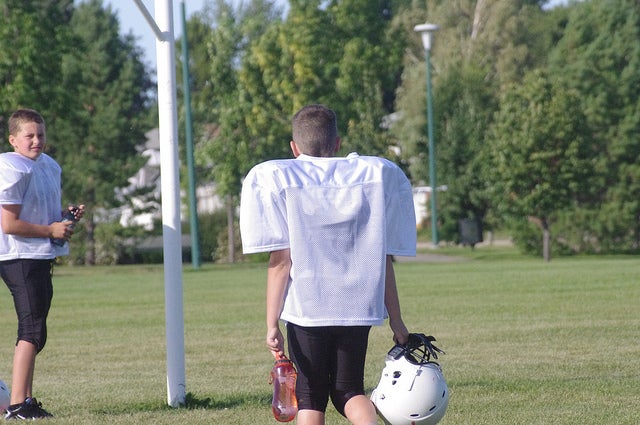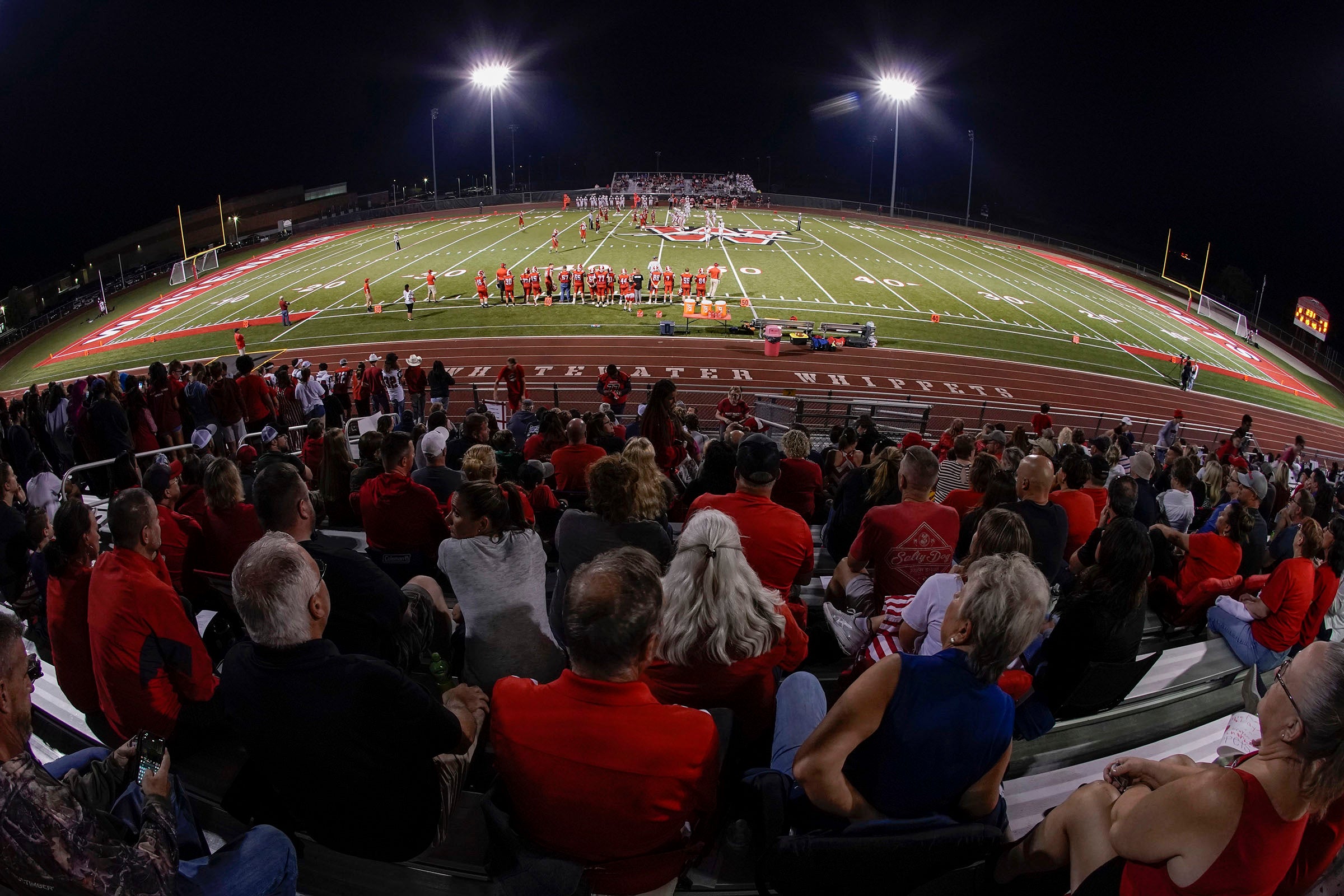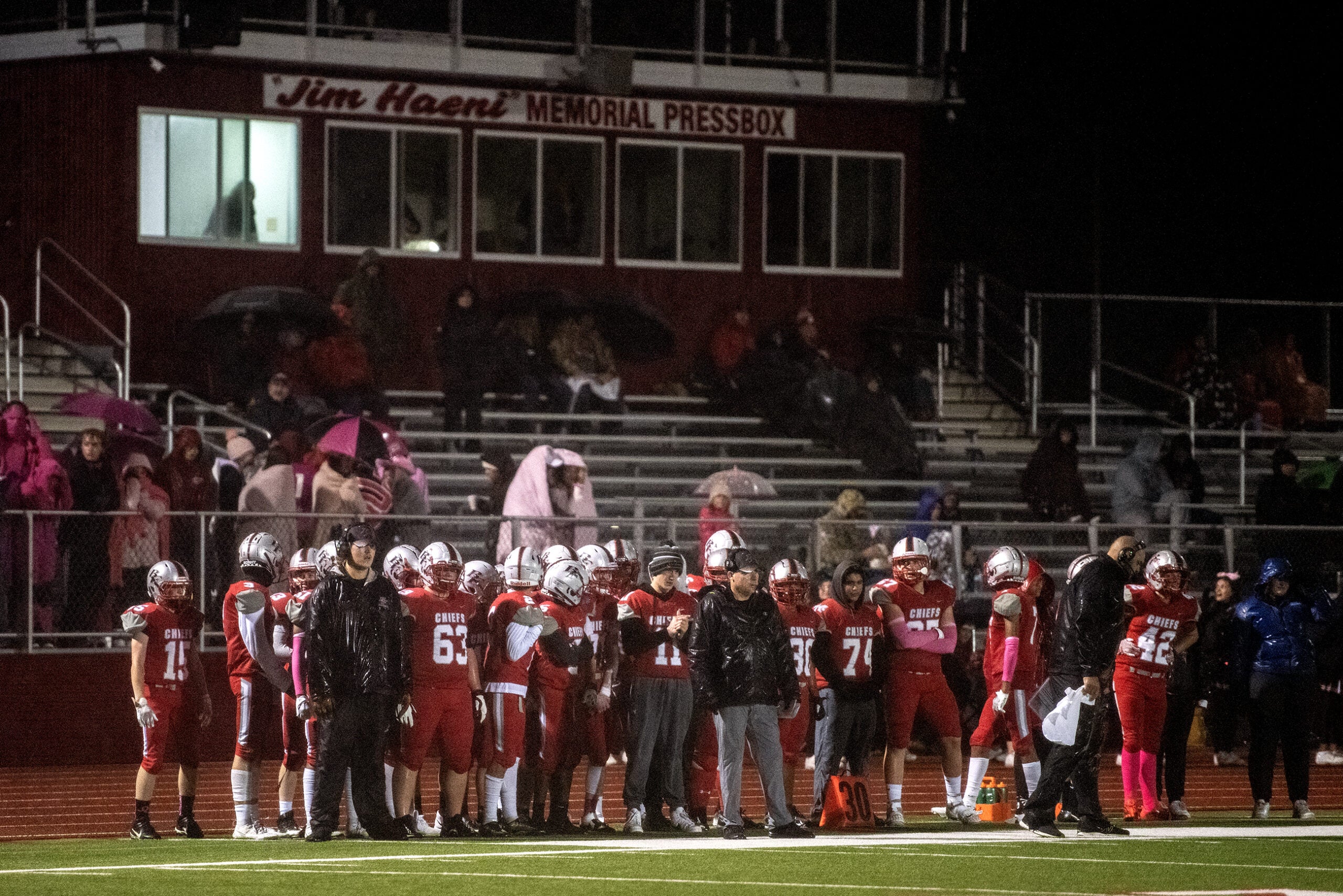The Medical College of Wisconsin (MCW) in Wauwatosa will receive several million dollars in funding for sports-related concussion research, as part of a joint initiative by the Department of Defense and the National Collegiate Athletics Association that was announced on Thursday.
The University of Michigan and Indiana University are also due to take part in what’s being called the most comprehensive look at sports concussions and head impact exposure.
Dr. Michael McCrea is a professor of neurology and director of brain injury research at MCW. He says newly funded studies there will try to come up with an objective standard for determining when a concussed athlete has recovered, “beyond relying on an athlete’s self-report of their symptom recovery and beyond the clinical measures that we have at our disposal, which frankly have a lot of noise in them.”
Stay informed on the latest news
Sign up for WPR’s email newsletter.
Said McCrea: “We’re in hot pursuit of some objective biomarker of recovery that will tell not only doctors, but parents when it is safe for their son or daughter to return to participation.”
McCrea says that biomarker might be something like a blood enzyme level.
He says the second part of the three-year study will look at how routine sports participation might expose people to head injury, “even in the absence of a concussive injury itself.”
“As a sports parent, if I could have the answer to those two questions tomorrow, I’m in a much better position to make decisions about my kids participating in sports,” said McCrea. “All of them do, currently.”
McCrea says some athletes will have impact sensors attached to their heads or to any helmets they might wear as part of the research.
Wisconsin Public Radio, © Copyright 2024, Board of Regents of the University of Wisconsin System and Wisconsin Educational Communications Board.




